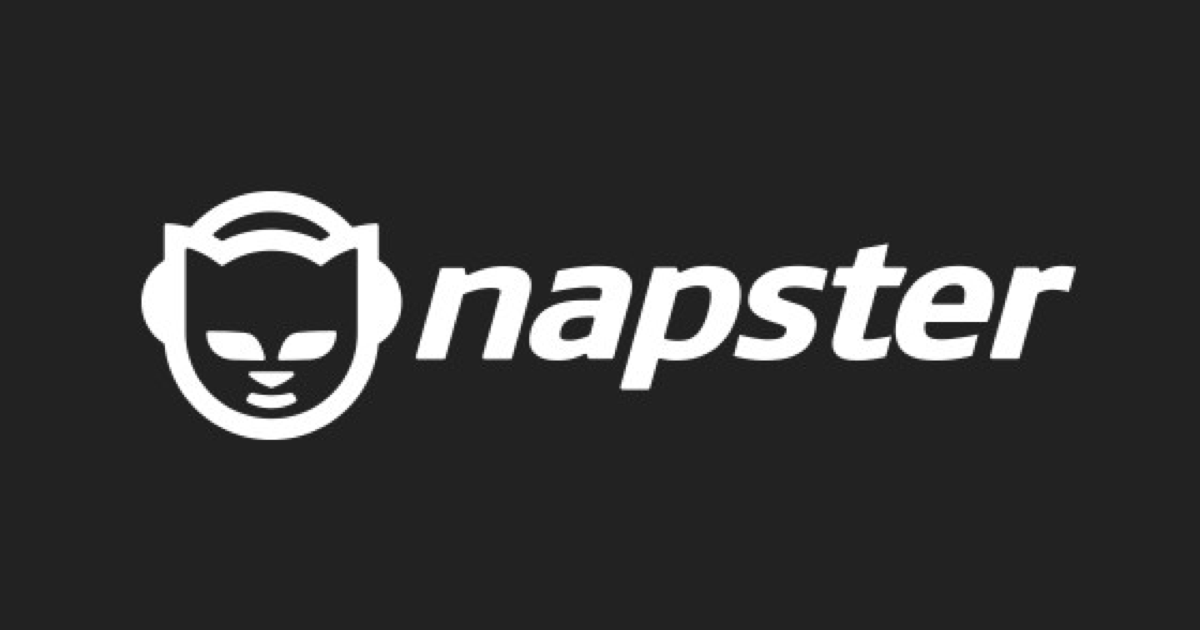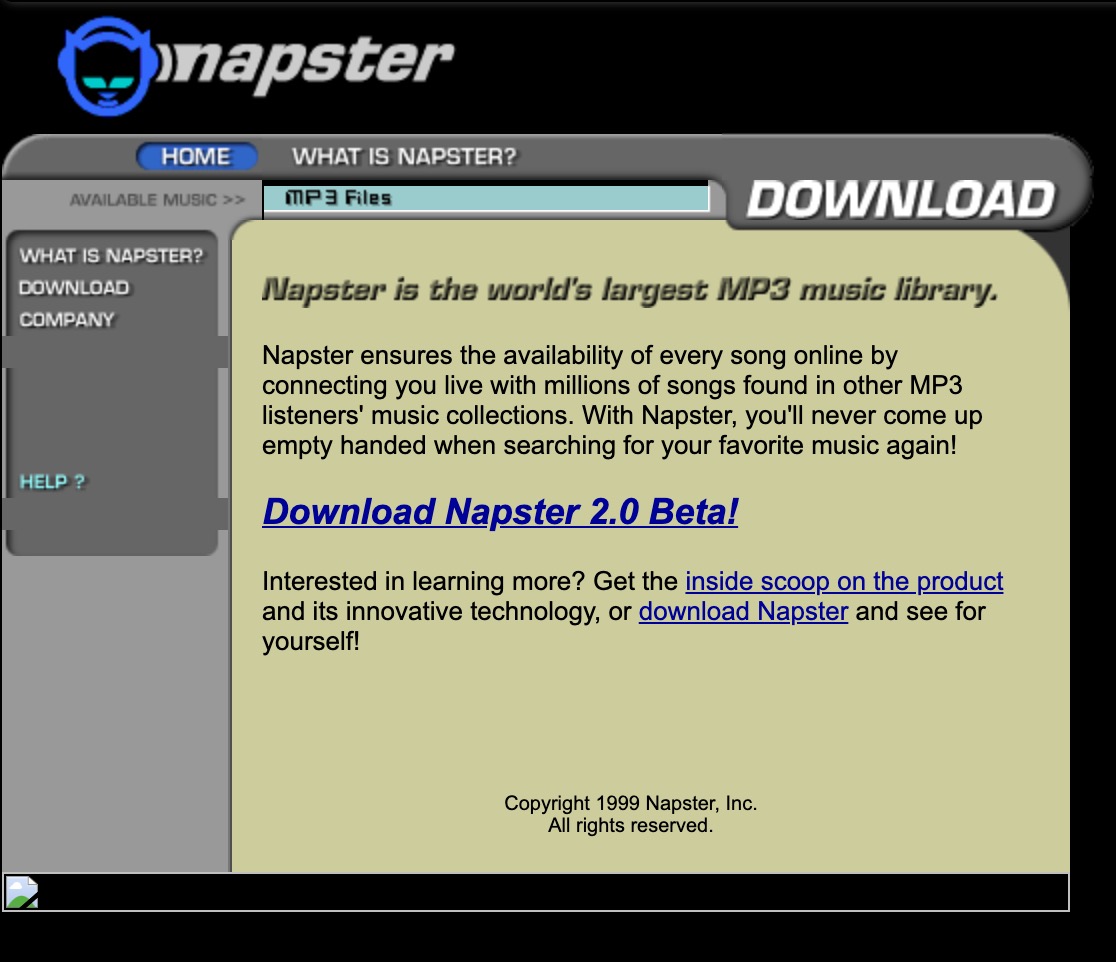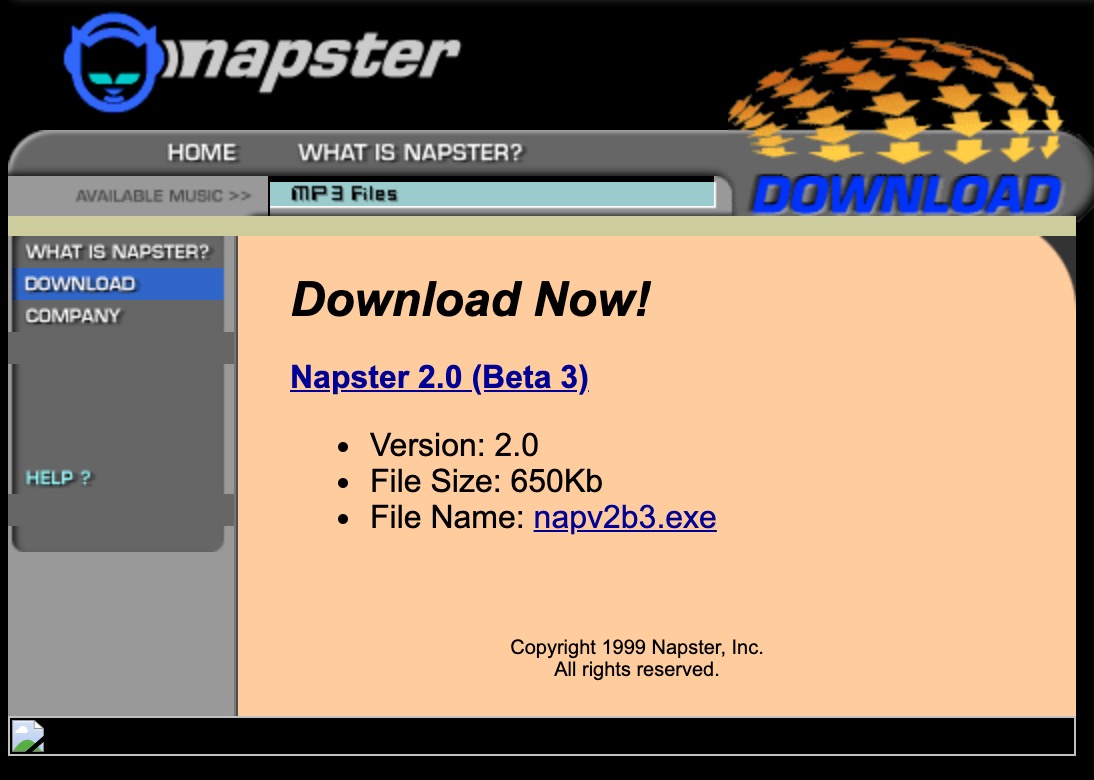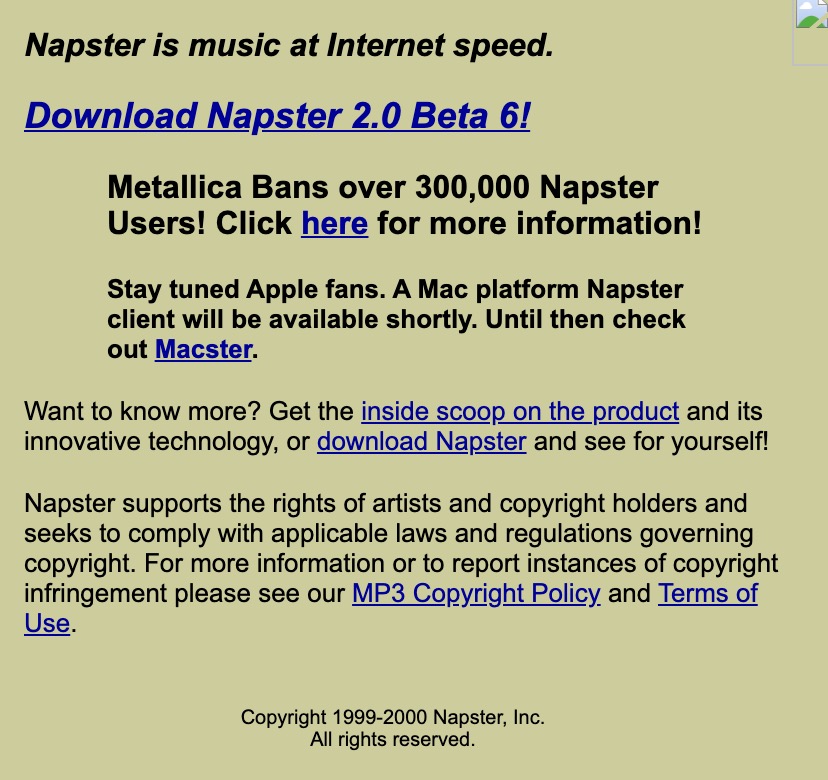In today's trip back in time, we first go back to the first half of the 650s to remember the introduction of IBM's first computer, the XNUMX series. It was the first general-purpose computer, as well as the first mass-produced computer. In the second part of the article, we will move to the beginning of this millennium, when the sharing service Napster ended its operation.
It could be interest you

The IBM 650 Comes (1953)
IBM introduced its new line of computers, the 2 series, on July 1953, 650. It was the first mass-produced computer that would dominate the market for the next decade or so. The first general-purpose computer from IBM was fully programmable and equipped with a rotating magnetic drum on which the operating memory was located. The capacity of the drum memory was 4 thousand ten-digit numbers, the processor consisted of 3 thousand units, and it was also possible to connect peripherals to the computer, such as a stand with magnetic tape and others. The rent for the IBM 650 computer was $3500 per month.
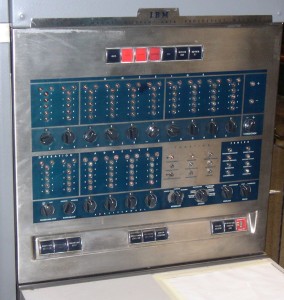
Napster Ends (2001)
On July 2, 2001, the controversial but popular P2P service Napster ceased operations. The service was founded in 1999 by John and Shawn Fanning, along with Sean Parker. Users quickly liked the service, through which they could exchange music tracks in MP3 format for free (and illegally), but Napster, for understandable reasons, became a thorn in the side of music publishers and performers – for example, the band Metallica took very significant action against Napster. Napster was hit with astronomical fines following numerous lawsuits and accusations, and the operators of the service were forced to declare bankruptcy. But Napster was also clear evidence that people are interested in downloading music in its digital form in addition to traditional physical media.
